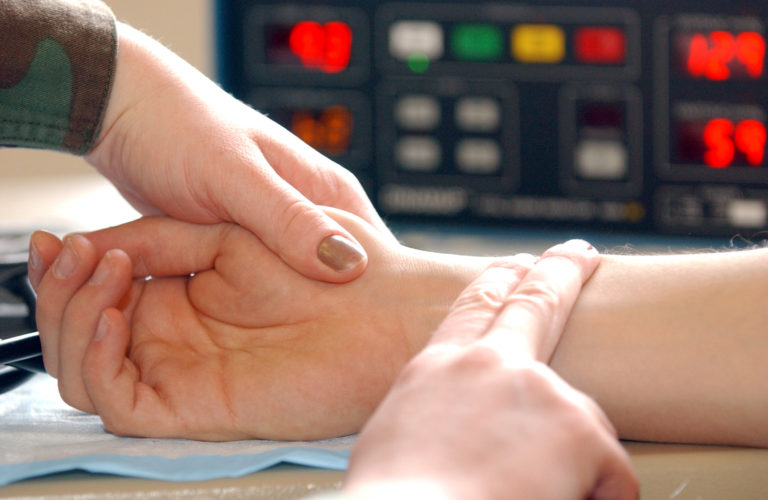
Real time measurement of the hormone cortisol in sweat is on the anvil
Stanford University researchers have created a stretchy skin patch, a kind of wearable device, that wicks up sweat and assesses how much cortisol hormone a person is producing.
Cortisol is one of the hormones produced by the adrenal glands. It rises and falls naturally throughout the day and can spike in response to stress. Current methods for measuring cortisol levels require waiting several days for results from a lab. Real time measurement of cortisol can have far-reaching effects on evaluation of many disorders.
Cortisol can help control blood sugar levels, regulate metabolism, help reduce inflammation, and assist with memory and mood disorders. It is also responsible for maintenance of salt and water balance and helps control blood pressure. Secretion of cortisol is under the influence of hypothalamus, pituitary and adrenal glands and abnormalities in these organs can be detected by the cortisol test.
“We are particularly interested in sweat sensing, because it offers noninvasive and continuous monitoring of various biomarkers for a range of physiological conditions,” said Onur Parlak, a post-doctoral scholar in the Salleo lab and lead author of the paper. “This offers a novel approach for the early detection of various diseases and evaluation of sports performance.”
Real time test for cortisol could provide an objective gauge of emotional or physical stress in research subjects
Real time test for cortisol could provide an objective gauge of emotional or physical stress in research subjects. A fast-working test like this could also reveal the emotional state of young – even non-verbal – children, who might not otherwise be able to communicate that they feel stress.
Cortisol presented a special challenge to biosensors because these sensors detect a molecule’s positive or negative charge – and cortisol has no charge.
To overcome this challenge, Parlak built his stretchy, rectangular sensor around a membrane that specifically binds only to cortisol. Stuck to the skin, it sucks in sweat passively through holes in the bottom of the patch.
The sweat pools in a reservoir, which is topped by the cortisol-sensitive membrane. Charged ions like sodium or potassium, also found in sweat, pass through the membrane unless they are blocked by cortisol. It’s those backed up charged ions the sensor detects, not the cortisol itself. On top of all this is a waterproof layer that protects the patch from contamination.
Materials scientist Alberto Salleo said, “Without any active microfluidics, the device is able to collect enough sweat to do the measurements.”
All a user needs to see cortisol levels is to sweat (enough to glisten), apply the patch and connect it to a device for analysis, which gives results in seconds. In the future, the researchers hope the sensor could be part of a fully integrated system.
To compare the device to the gold standard clinical test in the lab, Parlak and two volunteers ran for 20 minutes with the patches on their arms. In both the lab and real world tests, the results were similar to the gold standard.
The paper about the wearable sensor was published in Science Advances.